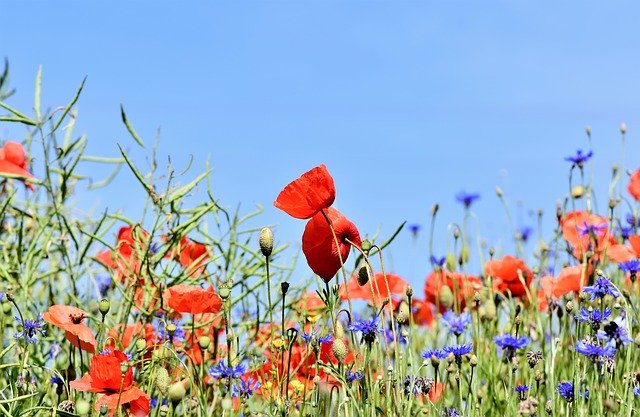Creating a pollinator-friendly garden is a great way to support local ecosystems and biodiversity. Here are some native plant options for your backyard garden in Northern California that can attract and support pollinators:
- California Poppy (Eschscholzia californica): The state flower of California, these bright orange flowers are attractive to various pollinators, including bees and butterflies.
- Lupine (Lupinus spp.): Lupines produce tall spikes of flowers in various colors and are especially attractive to bumblebees and other native bees.
- Salvia (Salvia spp.): There are many species of native salvia in California, such as Hummingbird Sage (Salvia spathacea) and Cleveland Sage (Salvia clevelandii), which attract hummingbirds and bees.
- Milkweed (Asclepias spp.): Milkweed plants are crucial for supporting Monarch butterflies. They provide food for caterpillars and nectar for adult butterflies.
- Manzanita (Arctostaphylos spp.): Manzanita shrubs produce clusters of small bell-shaped flowers that are attractive to bees and hummingbirds.
- Bee Balm (Monarda spp.): While not native to California, some species of bee balm are well-suited to the climate and attract a variety of pollinators.
- California Buckwheat (Eriogonum spp.): These plants produce clusters of small, white to pinkish flowers that are popular among bees and butterflies.
- Yarrow (Achillea millefolium): Yarrow’s flat-topped clusters of flowers provide nectar for a range of pollinators, including butterflies, bees, and beneficial insects.
- Coyote Mint (Monardella spp.): This mint family member produces pink to lavender flowers that are attractive to bees and butterflies.
- Penstemon (Penstemon spp.): Penstemons come in various colors and shapes, making them attractive to both hummingbirds and bees.
- Columbine (Aquilegia spp.): The unique shape of columbine flowers makes them appealing to hummingbirds.
- Buckeye (Aesculus spp.): Buckeye trees produce striking upright spikes of flowers that attract bees and butterflies.
When planning your garden, aim for a variety of flower shapes, sizes, and colors, as different pollinators have different preferences. Also, consider planting in clusters to make it easier for pollinators to find and access the flowers.
Remember to choose plants that are appropriate for your specific location in Northern California in terms of sunlight, soil type, and water availability. Consulting with local nurseries or gardening organizations can provide valuable insights into the best native plants for your area. Learn how to plant bee-friendly flowers.

